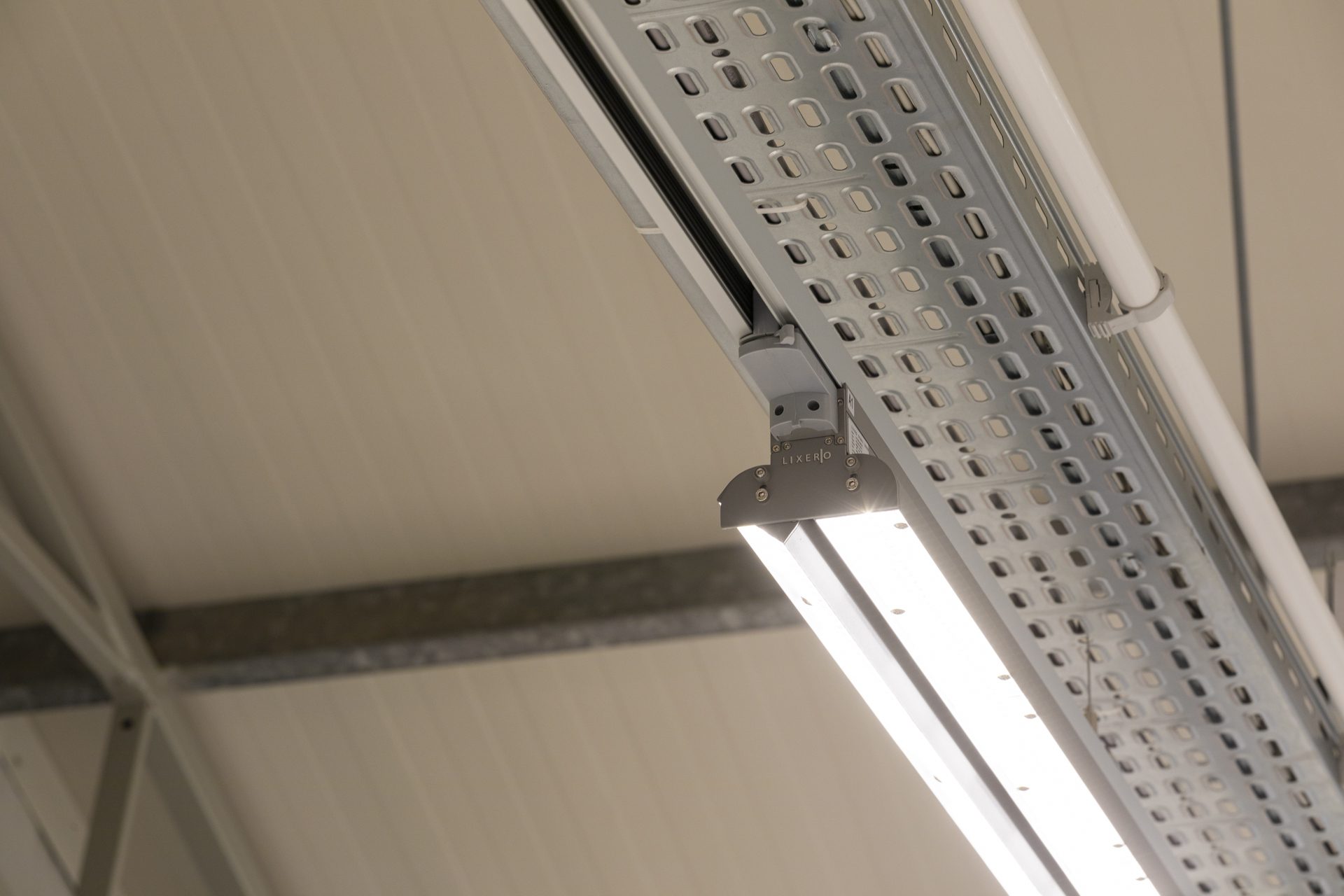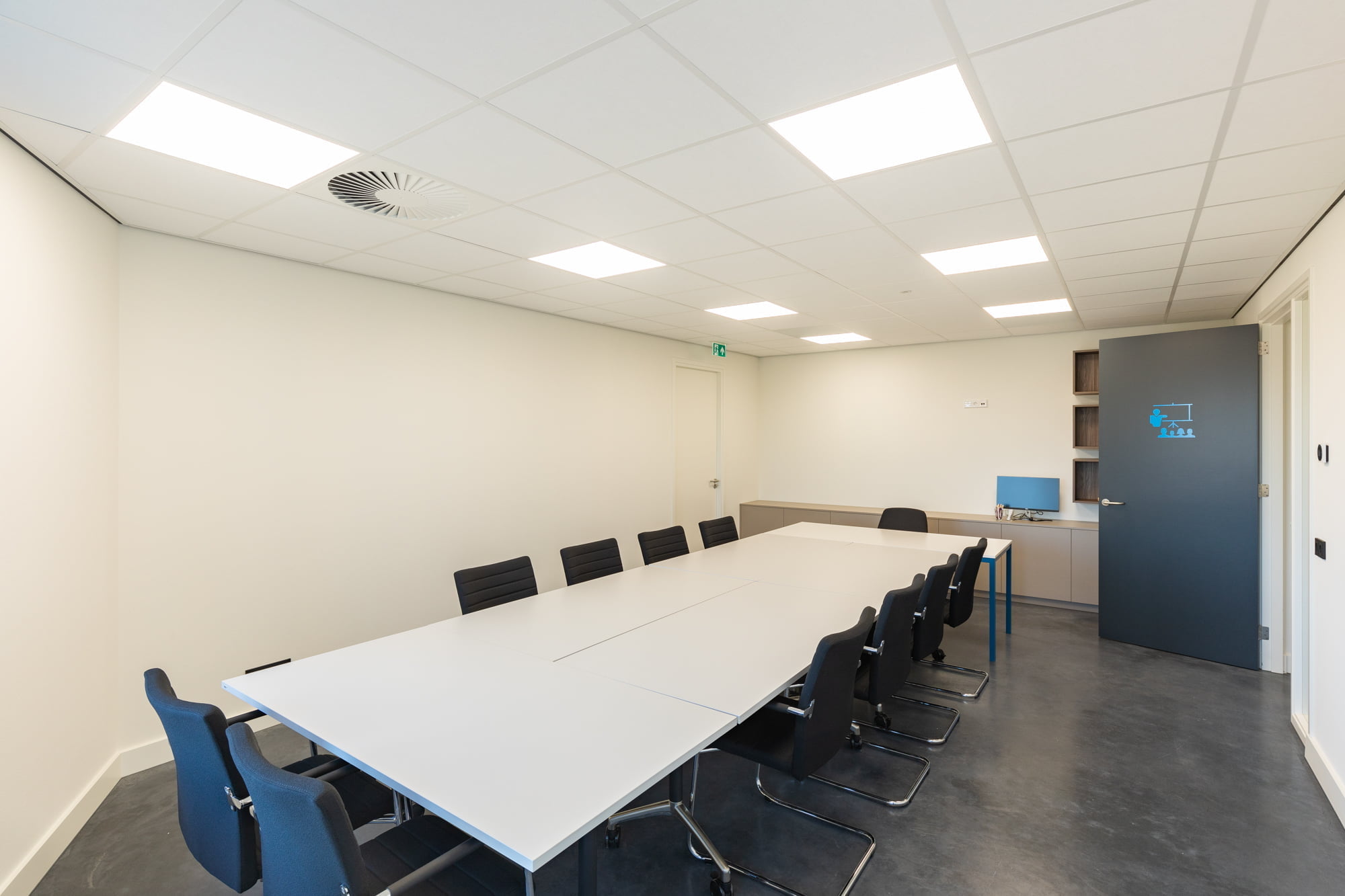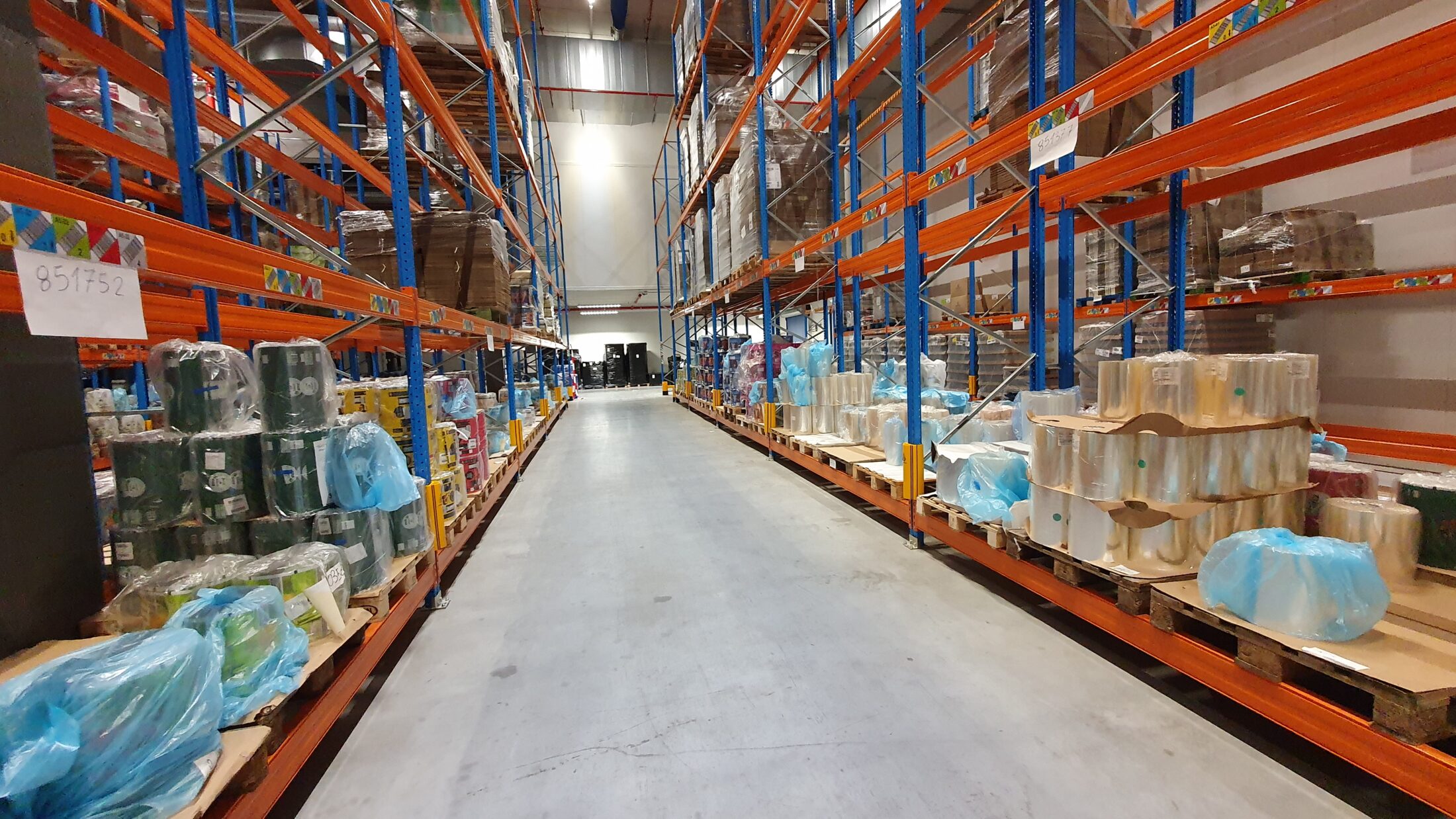The lifespan of LED
The lifetime of LED modules plays a major role in the long-term effectiveness, durability and cost savings of a lighting solution. For LED lighting, lifetime is important not only for how long the light source stays on, but also for how much light it retains over time.
What does the L value mean?
The L value shows how much light (lumens) an LED fixture still produces after a certain amount of time compared to its original light output. LED luminaires are often given designations such as L70, L80 or L90. These designations go along with a time duration, such as 50,000 or even 100,000 hours.
Example: An LED fixture specified L80 75,000 hours means that after 70,000 hours, the lamp still produces 80% of its initial light output. If the fixture starts at 1,000 lumens, it will still produce 800 lumens after 75,000 hours.
L-values are important because they show how well the lighting maintains its brightness. A higher L value means the light output remains stable for longer. This is especially important in areas that require constant high-quality lighting, such as hospitals, office spaces and industrial environments.
How are L values calculated?
Calculation of L values is done using the TM-21 method, an internationally accepted method. LED suppliers test their LEDs for a minimum of 6,000 hours and measure the drop in light output every 1,000 hours. This data, also called LM80 data, is incorporated into the TM-21 method. Based on this data, one predicts the future decrease in light output.
Why extrapolate?
Because an LED module cannot always be tested for 70,000 hours before it goes to market, the TM-21 method predicts life based on the first 6,000 to 10,000 hours. This provides a reliable indication, although it is not an exact science.

The B and C values of LED
In addition to the L value, the B and C values are essential to better understand the performance of an LED fixture.
B-value: variation in lumen retention.
The B value indicates the percentage of fixtures that maintain the indicated light output. This shows the variation or uncertainty in light output among a group of fixtures.
Example: An LED luminaire with L80B50 75,000 hours means that 50% of the luminaires still retain 80% of their initial light output after 75,000 hours. This provides a realistic expectation of lighting system performance.
A lower B value indicates more reliability. For example, a B10 value means that 90% of fixtures achieve the L value, which ensures more consistent light quality.
C-value: Catastrophic failure
The C value indicates how many LED modules are expected to fail completely during their lifetime. This value is also known as catastrophic failure. For example, if the C value is C10, it means that 10% of LED modules can fail completely after a certain amount of time. For most indoor lighting, the C value is negligible, often around 1%.
Example: A fixture with L80B50C10 75,000 hours means:
- 50% of fixtures retain 80% of their initial light output (B-value).
- 10% of the modules fail completely (C-value).

NEN standards for offices
Offices must comply with specific NEN standards, such as NEN-EN 12464-1, which prescribe minimum lighting levels to ensure optimal working conditions. However, lighting with a lower L-value (such as L70) can, over time, cause light levels to fall below these standards. This can happen because luminaires with lower L-values lose their light output faster.
One way to deal with this is to install more fixtures at the initial installation, so that there is enough light “left over” as light output decreases over time. However, this means that you also increase future maintenance costs, as more fixtures will eventually need to be replaced. In addition, it also means that energy costs are continually higher.
Therefore, for office lighting, we recommend choosing quality fixtures with a high LB value, such as L80 or L90. By investing in luminaires that maintain high light output for longer, you prevent light levels from declining rapidly and avoid frequent replacement. This not only ensures consistent light quality, but also saves on energy and maintenance costs. With fewer fixtures that last longer, your office environment will continue to meet NEN standards and avoid unnecessary costs in the long run.

LED lifetime for warehouses
In industrial warehouses, lighting requirements are different, but no less important. Lighting in these environments must often remain on for long periods of time and, in addition, be placed on high ceilings, making fixture replacement a time-consuming and costly task. If a fixture hangs at a height of, say, 10 meters or higher, a failure not only means that the fixture must be replaced. But also that special equipment, such as aerial platforms, is often needed to perform the maintenance. This increases labor costs and potentially disrupts warehouse operations.
For these reasons, in industrial environments it is wise to invest in LED luminaires with a high L-value, for example L80 or L90. Luminaires with a low L-value will lose their light output faster, requiring earlier replacement. This is not ideal for an environment where replacement costs are high, both in terms of time and money. By choosing high-quality, long-lasting fixtures right away, you minimize the frequency of replacements and avoid unexpected downtime. This ensures that the warehouse remains well-lit for longer and productivity is not interrupted.
The result? Less disruption to daily operations, lower long-term maintenance costs and more sustainable lighting that supports safety and efficiency within the warehouse.
Conclusion
The L, B, and C values provide insight into the durability and quality of LED lighting. Luminaires with high L values, and low B and C values provide long-lasting, reliable and efficient lighting. This saves maintenance costs, reduces replacement frequency, and ensures consistent light quality.
When selecting LED lighting, pay attention to the L, B and C values to ensure long-term durability and reliability. Lighting with a high L value not only meets quality requirements, but also offers long-term cost savings and efficiency.





